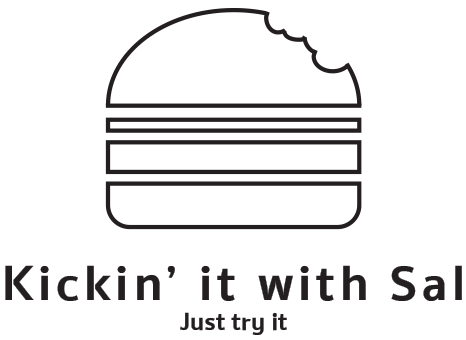In recent years, a new trend has been making waves across various industries, signaling a significant shift away from the minimalistic ideals that dominated the last decade. This movement, known as maximalism, is more than just a return to complexity and abundance; it’s a cultural response to the simplicity and restraint that minimalism once championed.
As companies and creators continue to embrace maximalism, they’re not just changing the game—they’re changing the culture. The success of businesses incorporating maximalist elements into their brands is a testament to this shift.
Food maximalism is a bold and vibrant trend that’s taking the food industry by storm. As the world emerges from a period dominated by minimalist aesthetics, where simplicity and restraint were the guiding principles, a new wave of culinary creativity is making its mark. Food maximalism celebrates abundance, richness, and the art of indulgence. It’s not about mindless excess, but rather about embracing layers of flavors, textures, and visual appeal that create a sensory experience like no other.
A prime example of this trend is the viral Dubai pistachio kunafa chocolate bar. While a chocolate bar is typically seen as a simple treat, the incorporation of Middle Eastern elements like pistachio and kunafa transforms it into something more extravagant and layered. This fusion elevates the chocolate bar from a basic confection to a luxurious, multi-dimensional dessert that resonates with the principles of food maximalism.
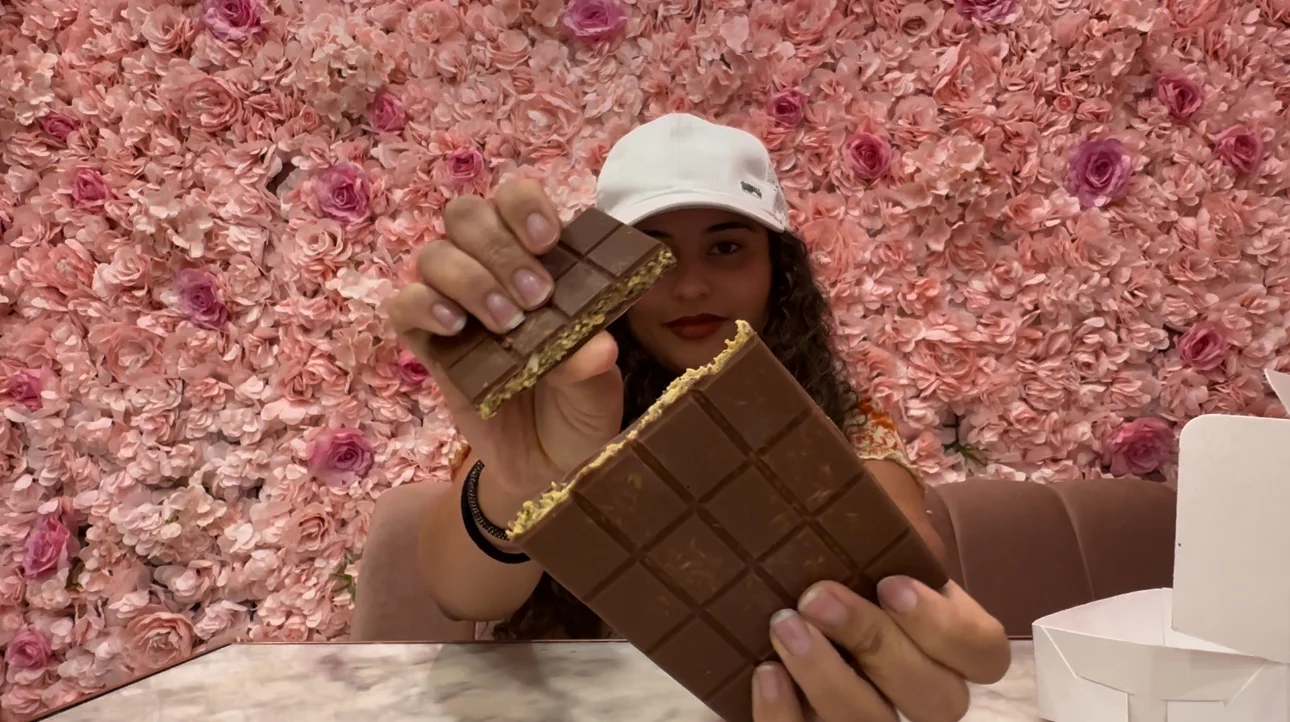
What is Maximalism?
Maximalism is a broad term that applies to art, design, food, and more. Unlike minimalism, which emphasizes simplicity, clean lines, and a pared-down aesthetic, maximalism is all about richness, abundance, and the thoughtful use of space and materials. It’s not about clutter or excess for the sake of it, but rather about celebrating life with zest and vigor, filling spaces and experiences with meaning, beauty, and sensory richness.
What is Minimalism?
To understand why maximalism is gaining popularity, it’s essential to look back at why minimalism became so prevalent. Minimalism’s rise was a reaction to the overconsumption and material excess that characterized earlier decades. It promoted a lifestyle where less was more, focusing on simplicity, functionality, and the essential.
In interior design, minimalism manifested as clean, uncluttered spaces with neutral color palettes, often dominated by shades of gray and white. In fashion, it meant neutral tones, minimal embellishments, and timeless silhouettes. Even in graphic design, minimalism embraced white space, limited color use, and simple typography.
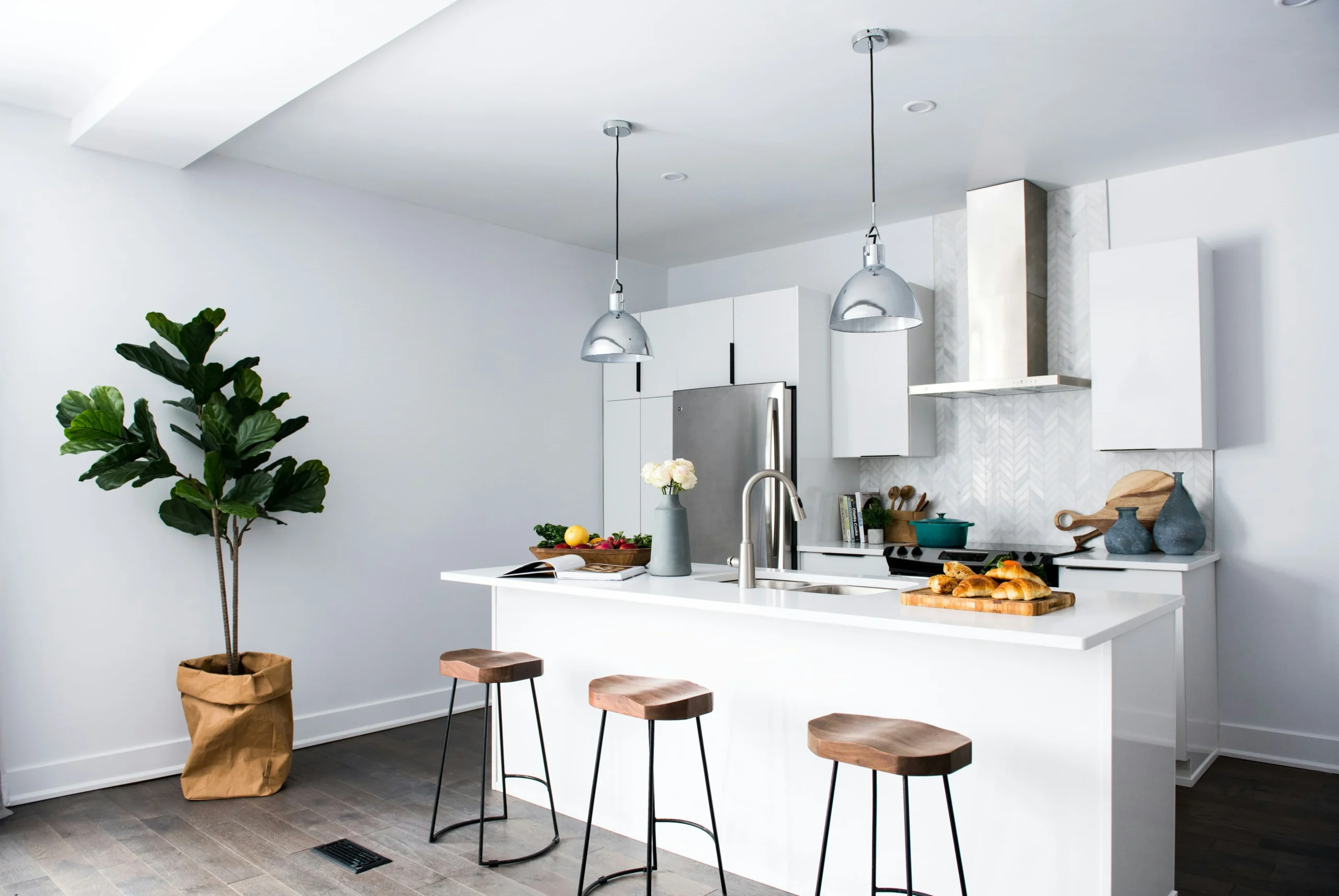

In the culinary world, minimalism took the form of simple, whole foods, minimal ingredients, and an emphasis on unprocessed meals. This trend extended to the way people organized their kitchens and pantries, prioritizing simplicity and order.
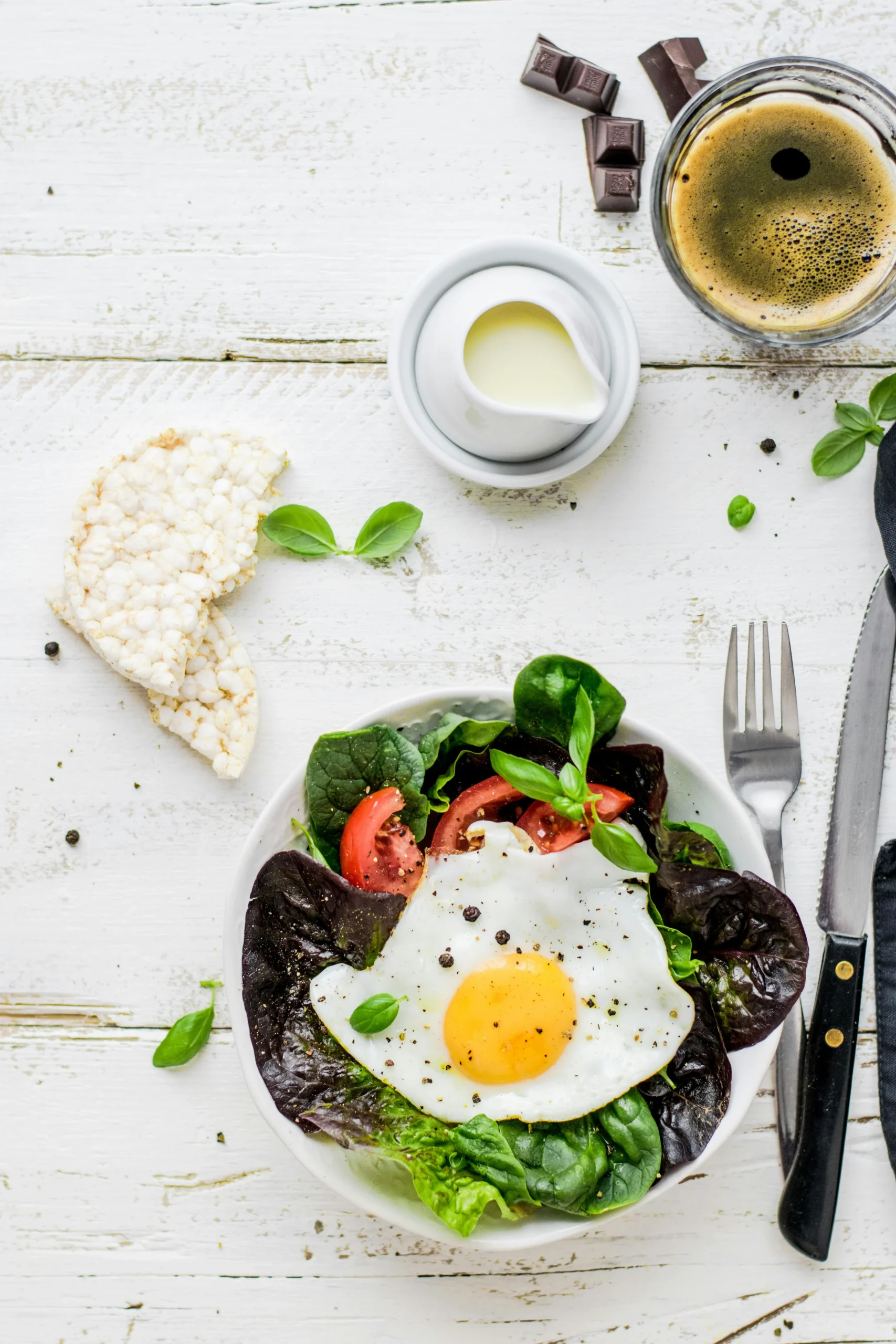
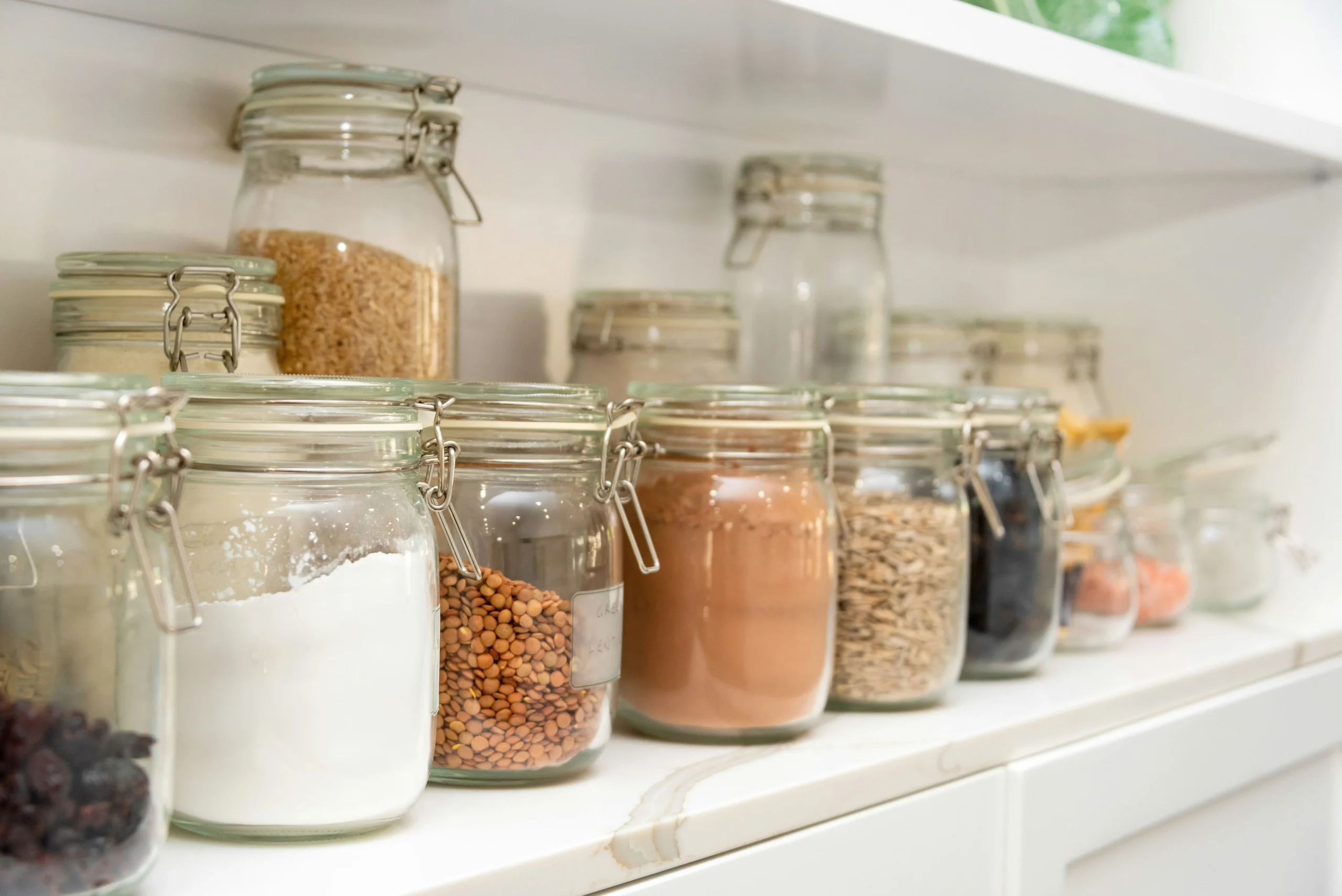
The Pandemic and a Shift in Perspectives
The COVID-19 pandemic played a significant role in reshaping consumer habits and attitudes. Forced to stay home, people began to reassess their lives, their belongings, and their consumption patterns. The pandemic highlighted the futility of accumulating unnecessary items, leading to a renewed appreciation for the essentials.
However, as the world began to recover, a counter-movement emerged. People started craving richness, depth, and meaning in their lives—elements that maximalism offers in abundance. This cultural shift was a reaction to the restrictive nature of minimalism, which some viewed as too austere and limiting.
Maximalism in Fashion, Interior Design, and Graphic Design
In fashion, maximalism means embracing bold patterns, rich textures, and vibrant colors. It’s about mixing and layering prints, celebrating individuality, and breaking away from the neutral palettes of the past. This trend is also evident in the rise of culturally inspired fashion, where traditional patterns and colors from non-Western cultures are being embraced and celebrated.
Interior design has seen a similar shift. Gone are the days of monochromatic, clutter-free spaces. Instead, people are now drawn to spaces that tell a story—filled with personal items, vibrant colors, and a mix of patterns and textures. This “cluttercore” trend celebrates lived-in spaces that reflect the personality and history of the inhabitants.
Graphic design is also moving away from minimalistic logos and branding. Companies are now opting for more detailed, storytelling-oriented designs that challenge the concept of “white space.” These designs are rich in meaning and visually engaging, reflecting the brand’s narrative and personality.
Maximalism, in its vibrant and abundant glory, is more than just a stylistic choice—it’s a cultural statement. Throughout history, cultures across the world, particularly in Africa, India, Latin America, and Indigenous communities, have expressed themselves through rich patterns, bold colors, and intricate designs. However, these expressions have often been marginalized or viewed as temporary trends rather than timeless traditions. The British, for example, have long flaunted their wealth through maximalist aesthetics, especially during their colonial and travel eras.
Today, as globalization brings the world closer together, we’re witnessing a resurgence of these maximalist traditions, but this time with a twist. The blending of ethnic cultures into mainstream food, fashion, and art is not just a trend; it’s a reclaiming of the narrative, proving that these rich traditions are anything but fleeting. Culturally borrowed elements are now at the forefront, celebrated rather than sidelined, and maximalism is reigning supreme.
The Emergence of Food Maximalism
One of the most exciting developments in maximalism is its influence on the food industry. Food maximalism is about embracing bold flavors, complex textures, and visually stunning presentations. It’s not just about eating; it’s about creating an experience that engages all the senses.
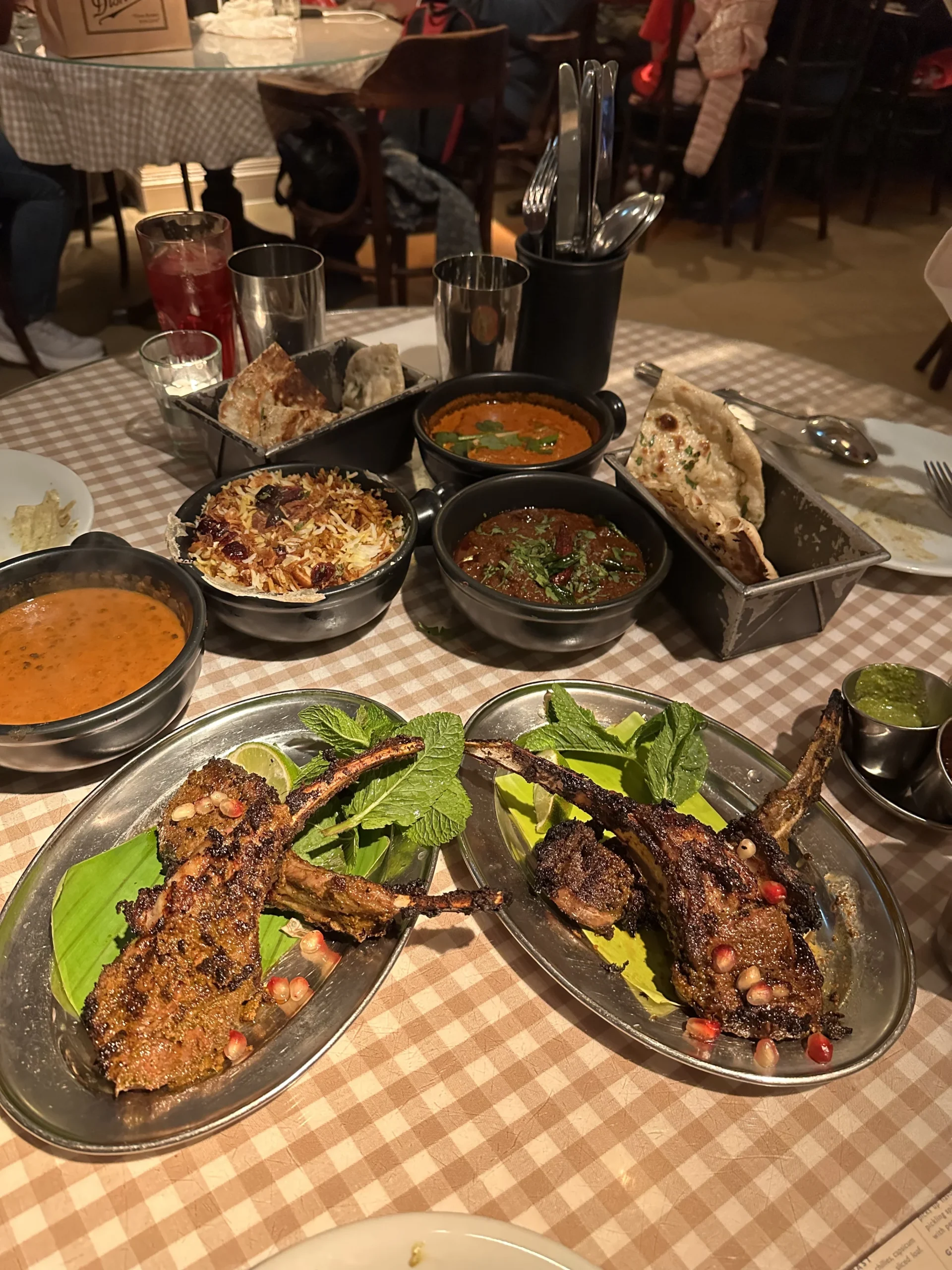
A perfect example of food maximalism is the viral Dubai Pistachio Kunafa Chocolate Bar. This decadent treat combines Middle Eastern/Balkan pastry with rich pistachio cream, resulting in a sweet, gooey, and colorful delight that oozes from the middle of the chocolate. It’s a visual and sensory masterpiece that embodies the principles of maximalism with its layers of flavors and textures.
As people become more global in their outlook, there’s a growing interest in culinary practices that emphasize abundance and richness. The Dubai Pistachio Kunafa Chocolate Bar is more than just a chocolate bar—it’s an extravagant fusion of traditional pastry and modern confectionery, perfectly aligning with the maximalist trend.

Maximalism in Gaming and Beyond
Maximalism isn’t confined to traditional industries; it’s also making its mark in gaming. Gamers are increasingly seeking immersive, multi-sensory experiences, and food is becoming a part of this. Imagine biting into a snack that evokes the smoky aroma of a battlefield campfire or drinking a potion-inspired beverage that tingles on the tongue like a magic elixir. These sensory encounters enhance the gaming experience, making it more tangible and memorable.
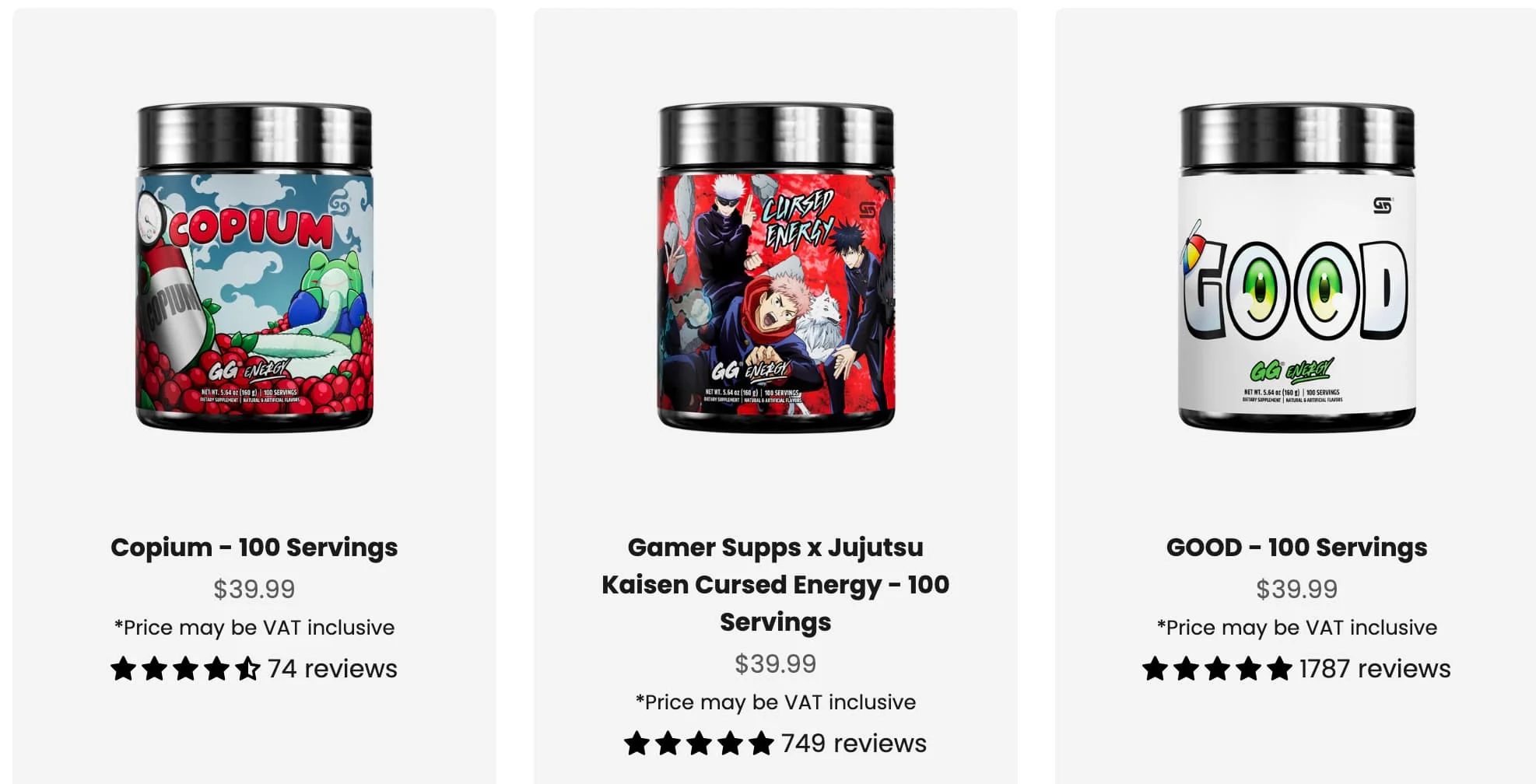
The concept of fantasy flavors in gaming is a bold approach to food maximalism, pushing the boundaries of traditional food experiences to create more intense and imaginative sensory journeys.
In the world of gaming, the concept of fantasy flavors is taking food maximalism to new heights. By pushing the boundaries of traditional food experiences, these imaginative flavors transport consumers to fantastical realms, enhancing the sensory experience beyond the ordinary. According to the Innova Lifestyle & Attitudes Survey 2023b, 31% of respondents in the U.S. and Canada turn to food and beverage treats to boost mood and comfort, and these fantasy flavors tap into that desire for escapism and indulgence.
Why Maximalism Matters
Maximalism is more than just a trend—it’s a cultural shift that reflects a broader desire for depth, meaning, and richness in our lives. In a world that often feels overwhelming, maximalism offers a way to reconnect with what truly matters. Whether through food, fashion, or design, maximalism encourages us to embrace abundance and celebrate the beauty of life’s complexities.
For businesses, incorporating maximalism can help attract attention and create a unique, culturally rich experience that resonates with today’s audience. As we move further into 2024, maximalism is poised to continue its rise, challenging the status quo and redefining what it means to live fully and richly.
Are you ready to embrace maximalism in your life?
Why Liquid Death Will Continue to Dominate the Market
